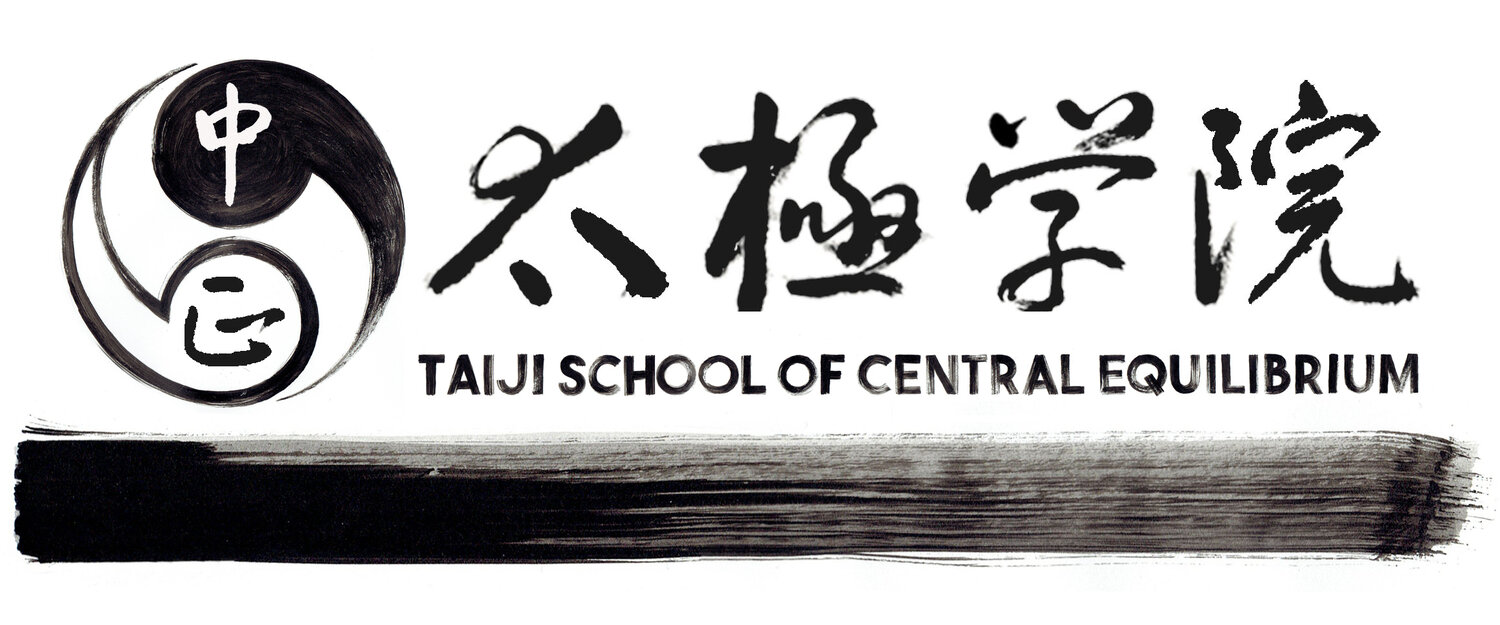In the Chang San Feng Taiji classic it states: “When not in the right position or the right moment, and the body becomes disrupted, the fault should be sought in the waist and the legs.”
What does this principle want to reveal to us?
One of the messages it tries to reveal to us is how to approach the aspect of yielding.
What is yielding?
First, we must look at the following principle: “Leading with four ounces to deflect a thousand pounds”. For this principle to work one must use the principle of yielding to the incoming force. To yield is to walk along with the force, not to go against the force. By yielding one denies the force a place to be used and creates a space for one to readjust. If in the yielding one finds oneself having too little space to yield or readjust it is because the yielding is done by the hands or twisting the body while the base (lower body) is digging in.
In yielding one needs to create space by initiating the yielding from sinking. This in turns creates space for the legs to move and subsequently creates the space for the waist and hips to turn. This allows the body and arms to fold and change infinitely. The whole body synchronizes. Yielding is not just a regional action. As stated in the Taiji classic: “When you move and change, every part of your body is moving and changing. when you arrive, every part arrives.”
Yielding also does not occur in one direction. If you only yield in one direction there will eventually be a dead end. In yielding moving back (extending the force), turning (changing of its direction), folding (to stick and adhere), sinking (neutralising) must all happen simultaneously. So, in every yield one must move in four directions.
Once the incoming force is rendered void and null spaces are created. This is the point of neutralising. When this occurs, one must take lead of the situation and come back to a position that is safe. Not every yielding will create a situation where one can issue the force or take someone out. That only happens when the opponent is disconnected. If the person is still connected they are able to readjust.
So how do we yield and break the connection of the opponent? The reason that they are still connected is because after the neutralising, one did not draw them into emptiness or after neutralising one does not manage to draw their root off the ground. The priority in yielding is to get back to a position where one is safe and in an advantageous position.
Thus, the principle of “When not in the right position or the right moment, and the body becomes disrupted, the fault should be sought in the waist and the legs.” Reveals to us that in yielding and neutralising, one needs to sink and move the legs and the waist to have the space to carry out the task.

